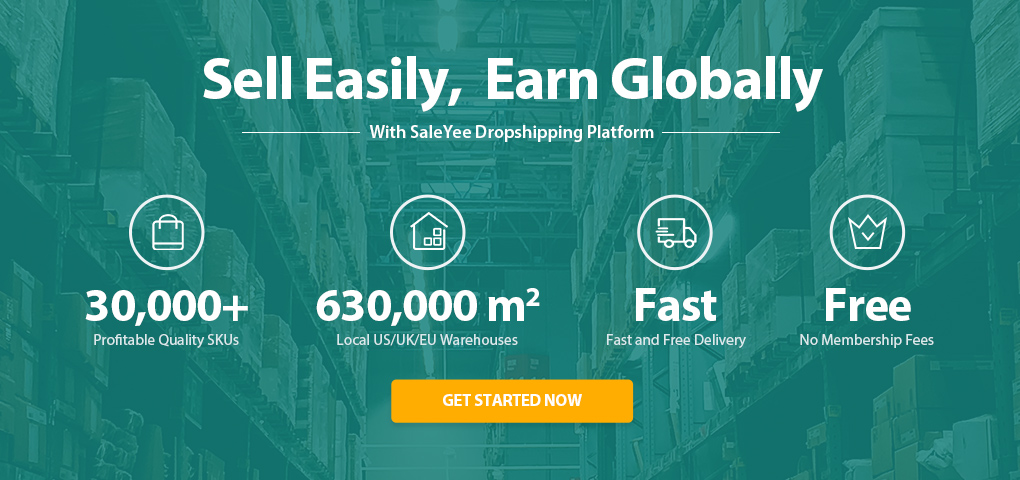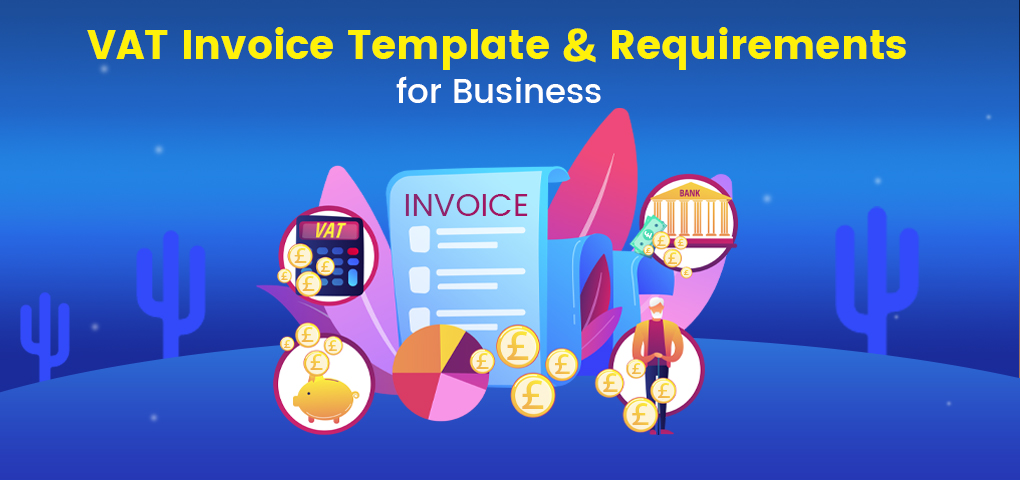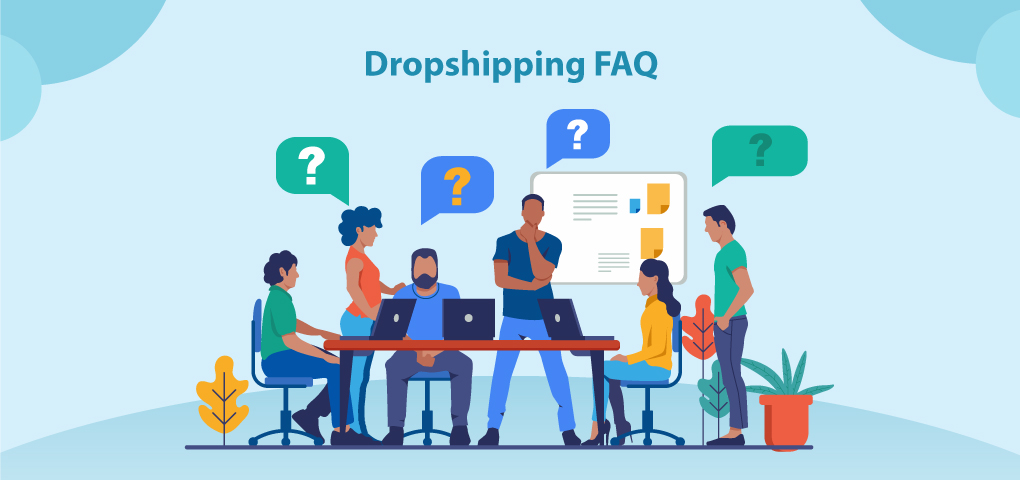Before starting a business, there are special requirements that must be met. From business plan to business records, standard invoicing to VAT invoicing, and everything in between, you have to meet certain criteria. Whatever the requirement, it is important that you learn how to correctly calculate the amount of Value-added Tax that you have to pay. Calculating VAT is an essential part of your business, so is issuing a VAT invoice.
This is why we are writing this guide to make you understand what VAT invoice is all about, the difference between standard invoices and simplified VAT invoices, as well as the regulated rules/requirements about VAT.
What Is a VAT Invoice?
A VAT (Value-Added Tax) invoice is a document issued by a clerk (usually an accountant). A VAT invoice highlights the details of a taxable supply and all related information in compliance with VAT law. A Value-Added Tax invoice must be issued within 15 days of the end of the month when goods or services are supplied.
In case you are wondering why VAT invoices are important, here's why. The information that you provide on a VAT invoice serves as the basis for establishing your business' VAT liability on the supply of goods or services. It also allows your VAT-registered customers or clients to reclaim the VAT charged to them. No business can issue VAT invoices except it is VAT-registered. VAT-registered businesses must:
· keep all invoices for purchased items
· issue and keep valid invoices via paper or electronic medium
· keep copies of all the sales invoices you issue whether there was a mistake or cancellation on one
Standard Invoice vs. VAT Invoice: Differences
Mere reading, standard invoices look no different from VAT invoices. Although they are similar in many ways, there are a few differences between VAT invoices and standard invoices. In this section, you can learn what distinguishes them.
1. Who can issue a VAT invoice vs. who can issue a standard invoice
A VAT invoice is a type of invoice that can only be issued by a specific VAT-registered business. It is only issued for goods or services liable for sales tax. Any business that isn't registered for VAT has no business issuing sales tax. This is where standard invoices come into play; they are issued in place of VAT invoices when a business isn't registered for VAT.
2. Record keeping for VAT invoices vs. record-keeping for standard invoices
Start-up businesses are responsible for keeping complete financial records of every transaction. This record can be stored using physical paper or online software. According to HMRC's requirements, a VAT-registered business needs to keep records of VAT invoices for a minimum of 6 years. And, if you use the VAT MOSS services, you need to keep records of your VAT invoices for a minimum of 10 years. HMRC might use these records to confirm that you have been charging and diligently paying your VAT. Meanwhile, businesses that aren't registered for VAT still need complete and detailed records of invoices for a minimum of 5 years. HMRC might use these records to verify if you have been completing your SA – Self Assessment properly.
3. Information on VAT invoices vs. information on standard invoices
Whether you send simplified VAT invoices or standard invoices, every invoice you issue should include the following details:
· Your business details: business name, the registered business address, as well as the CRN – Company Registration Number.
· The products sold: quantities, unit prices, discounts (if any), and the total amount due.
· Your customer details: Your customer's full name, address, as well as contact details.
· The invoice: a unique invoice number, the word "Invoice", and date of issue.
Also, VAT invoices should show some extra information about tax, such as:
· Your VAT number
· The VAT rate(s) charged
· The total amount of tax due
· The total amount due including VAT
· The total amount before VAT
NOTE: Standard invoices are may not need this extra information as they are only issued for sales that aren't liable for sales tax.
VAT Invoice Template
In case you are wondering how to create a VAT invoice, worry less. Creating a VAT invoice isn't a big deal. There are dozens of invoice generating tools out there to bail you out. With these online tools, your first VAT invoice example can be ready within minutes.
1. Invoice-o-matic
2. Invoiceto.me
3. Invoiced Free Invoice Generator
4. Quick Invoices
5. FreshBooks Invoice Generator
6. Free Invoice Generator
7. Invoice At Once
8. PayPal Online Invoicing
9. Simple Invoicing
10. Zoho Online Free Invoice Generator
11. Free Invoice Maker
12. Invoice Ninja
VAT Invoice Requirements
There are certain requirements to include on a VAT invoice. Your business must comply with the following VAT invoice requirements:
· an orderly arrangement of the document – with a unique identification
· the name, full address, and VAT registration number of the supplier
· the name and full address of the person to whom you supply the goods or services
· the time of the supply
· the date of issue of the document (this is different from the time of supply)
· a unique description to identify each good or service supplied
· Every piece of related information (the rate of VAT and the payable amount, and the quantity of the goods or the degree of the services) excluding VAT should be expressed in any currency
· the unit price
· the rate of cash discount offered if any
· the gross total amount payable (minus VAT), expressed in any currency
· the total amount of VAT chargeable denoted in sterling
· the reason for any zero rate of exemption
NOTE: You need to follow special rules for invoices subject to a reverse charge or invoices issued under a margin scheme.
Invoices to EU member states from Northern Ireland based businesses
For businesses based in Northern Ireland that want to send an invoice to a customer in an EU member state, you must also show:
· a reference to any new ways of transportation
· "GB" before your registration number (for cross border supplies)
· the VAT registration number of the recipient of the supply preceded by the alphabetical code of the relevant EU member state
Understanding Your Role: Issuing a VAT Invoice
Who must issue: A VAT-registered business.
Who does not need to: A non-registered VAT business.
Call to Action
Having compared VAT invoices with standard invoices, we hope you have learned how you should keep records of your invoices. As an entrepreneur, you are responsible for the success of your business. Keeping your records can guarantee huge success for any business. If you are registered for VAT, you have the chance to keep your records complete, detailed, and up to date.
SaleYee Dropshipping Platform is to help you easily sell internationally in compliance with local laws and regulations. For more helpful business tips, sign up free now to get our free newsletters!




